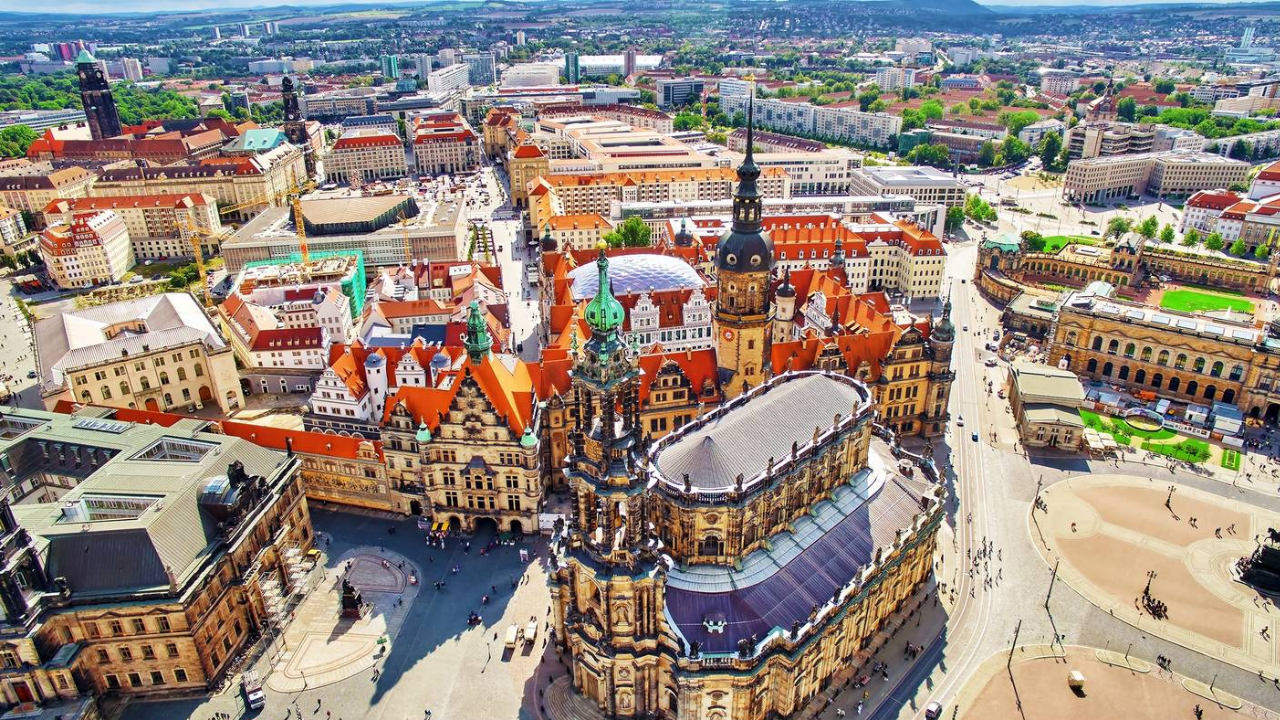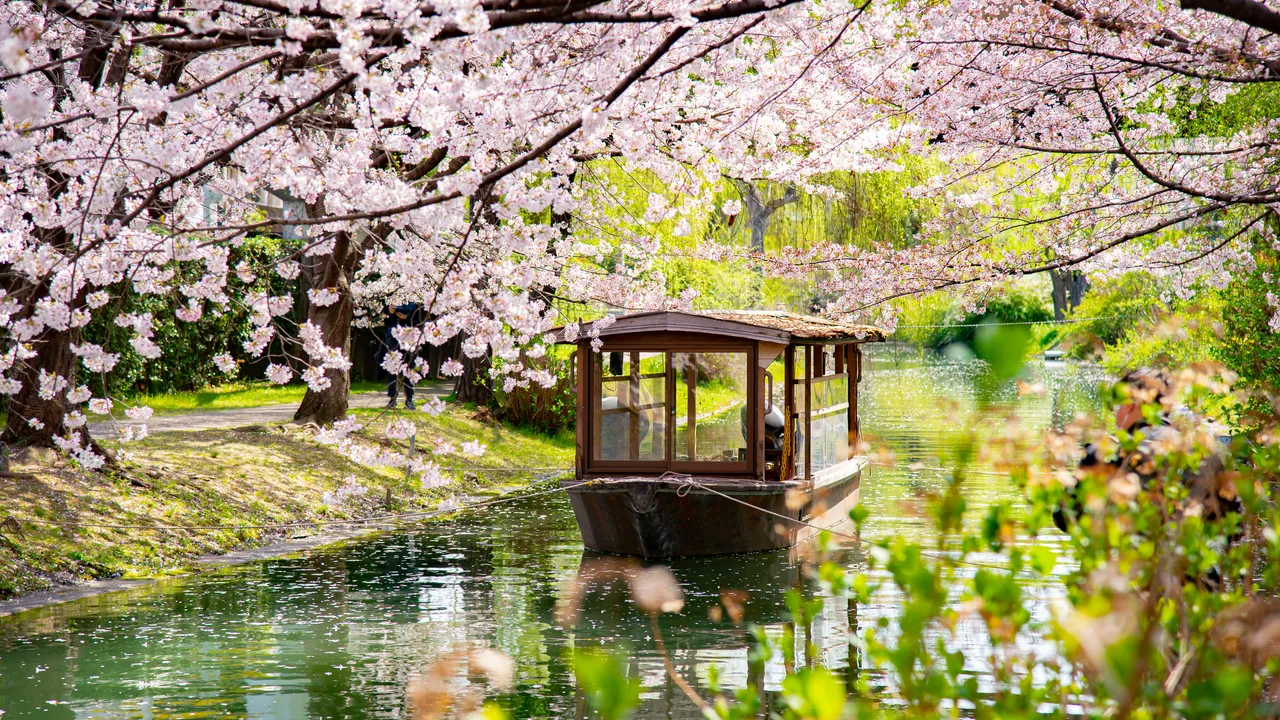The idea of a trail from London to Vienna evokes images of a grand European adventure, weaving through historic cities, rolling countryside, and majestic landscapes. While no single, official “London to Vienna Trail” exists as a designated hiking path, the concept can be realized through a combination of long-distance walking routes, cycling paths, and multi-modal travel options that connect these two iconic capitals. This professional guide outlines how to craft an epic journey from London to Vienna, blending walking, cycling, and train travel to create a trail-like experience. Spanning approximately 1,200 miles (1,930 km) across the UK, France, Germany, and Austria, this route offers a rich tapestry of culture, history, and natural beauty. Whether you’re a seasoned adventurer or a curious traveler, these insights will help you plan a memorable odyssey through Europe’s heart, with practical tips to ensure a rewarding experience.
1. Crafting Your London to Vienna Trail
The absence of a single trail means you’ll need to piece together existing long-distance routes and transportation options. The journey can be tailored to your preferences—whether you prioritize walking, cycling, or a mix of both, with trains to bridge longer distances. Here’s a suggested framework for the trail, combining iconic paths and efficient travel.
Route Overview
- Starting Point: London, UK
- End Point: Vienna, Austria
- Key Segments:
- UK: London to Dover (walking or cycling, ~80 miles)
- France: Calais to Paris (cycling or train, ~180 miles)
- France to Germany: Paris to Strasbourg (cycling or train, ~300 miles)
- Germany: Strasbourg to Munich (cycling or train, ~250 miles)
- Germany to Austria: Munich to Salzburg (walking or cycling, ~90 miles)
- Austria: Salzburg to Vienna (cycling or train, ~200 miles)
- Total Distance: ~1,200 miles (varies by route and mode)
- Duration: 4–12 weeks, depending on pace and travel mode
Key Paths to Include
- UK’s National Cycle Network Route 1: From London to Dover, this route passes through Kent’s countryside, offering scenic views and manageable terrain for cyclists or walkers.
- EuroVelo 6 (Atlantic–Black Sea Route): In France and Germany, this cycling route follows the Loire and Rhine rivers, connecting Paris, Strasbourg, and Munich. It’s flat, well-signed, and ideal for long-distance cycling.
- Munich to Salzburg: A mix of walking and cycling paths, including parts of the Bavarian Cycle Network, links these cities through alpine foothills.
- Danube Cycle Path (Donauradweg): From Passau (near Salzburg) to Vienna, this iconic 200-mile route follows the Danube River, offering gentle gradients and stunning views of Austria’s wine regions and castles.
Multi-Modal Approach
Walking or cycling the entire distance is a monumental challenge, requiring months of commitment. Most travelers opt for a hybrid approach: hiking or biking key segments and using trains for longer or less scenic stretches. For example, take a Eurostar train from London to Paris, then cycle EuroVelo 6 to Strasbourg, and use Austria’s ÖBB trains from Salzburg to Vienna. This balances adventure with practicality, letting you savor Europe’s highlights without exhaustion.
2. Planning and Preparation
A journey of this scale demands meticulous planning to ensure safety, enjoyment, and logistical ease. Here are the key considerations to prepare for your London to Vienna Trail.
Timing and Weather
The best time for this journey is late spring (April–May) or early autumn (September–October), when temperatures are mild (10–20°C) and crowds are thinner. Summer (June–August) offers long daylight hours but can bring heatwaves in France and Germany or rain in the UK. Winter (December–February) is less ideal due to cold, snow in alpine regions, and shorter days.
Check regional weather forecasts via apps like AccuWeather or the Met Office, especially for rural areas where conditions can change rapidly. Pack layers—breathable clothing for warm days, waterproof jackets for rain, and warm fleece for cooler evenings in Austria.
Physical Preparation
Walking or cycling 20–50 miles daily requires stamina. Start training 3–6 months in advance with regular hikes or bike rides, gradually increasing distance. For walkers, focus on endurance with 10–15 mile hikes carrying a 10–15 kg backpack. Cyclists should practice 50–100 km rides on varied terrain. Include strength exercises (e.g., squats, core work) to prevent injuries.
Gear and Equipment
- For Walking: Sturdy hiking boots, moisture-wicking clothing, a lightweight backpack (30–40L), trekking poles, and a first-aid kit. A GPS device or offline maps (e.g., Maps.me) is essential for rural paths.
- For Cycling: A reliable touring bike, panniers for gear, repair kit (spare tubes, pump, multi-tool), helmet, and padded shorts. Consider an e-bike for longer distances if fitness is a concern.
- General: Reusable water bottle, high-energy snacks (nuts, dried fruit), sunscreen, and a universal power adapter (Type C/F for Europe). A lightweight tent or bivvy bag is useful for camping, though hostels and guesthouses are widely available.
Budgeting
Costs vary based on travel style:
- Accommodation: Hostels (€20–50/night), budget hotels (€50–100), or camping (€10–20). Self-catering or wild camping (legal in parts of Austria with restrictions) saves money.
- Transport: Eurostar tickets (London–Paris, ~€60–150), regional trains (€20–100 per leg), and ferries (Dover–Calais, ~€30–50). Bikes often travel free or for a small fee on European trains.
- Food: Budget €15–30/day for groceries and casual dining. Pubs, bakeries, and markets offer affordable meals.
- Total Estimate: €50–100/day for budget travelers, €100–200/day for mid-range comfort.
Use apps like Trainline or Omio to book trains and compare prices. A Eurail Pass (€200–500, depending on duration) can be cost-effective for multiple train journeys.
3. Navigating Logistics and Cultural Nuances
Crossing multiple countries involves logistical challenges and cultural considerations. Here’s how to stay organized and respectful along the trail.
Transportation and Border Crossings
- UK to France: From Dover, take a ferry to Calais (1.5 hours, P&O Ferries or DFDS). Book in advance for cheaper fares. Alternatively, use the Eurostar to Paris and start cycling from there.
- France to Germany: Cross seamlessly via EuroVelo 6 along the Rhine. No border checks are required within the Schengen Area.
- Germany to Austria: The Munich–Salzburg route involves no formal border crossing, but carry your passport for ID checks. Trains like ÖBB’s Railjet are efficient for this leg.
- Bikes on Trains: Most European trains accommodate bikes, but reserve spots in advance for high-speed services like TGV or ICE. Folding bikes travel free as luggage.
Navigation
Use a combination of digital and physical maps:
- Apps: Komoot, Outdooractive, or EuroVelo’s route planner provide detailed cycling and walking routes. Download offline maps for areas with poor signal, like rural Bavaria.
- Physical Maps: Michelin or Freytag & Berndt maps offer reliable backups. Pick up local trail guides at tourist offices in major cities.
- Signage: EuroVelo routes and the Danube Cycle Path are well-marked, but UK paths like Route 1 may have inconsistent signage. Familiarize yourself with local trail symbols (e.g., blue EuroVelo signs).
Cultural Etiquette
Each country has unique customs:
- UK: Greet locals politely in rural areas, and tip 10% in pubs if service isn’t included. Stick to marked paths to respect private land.
- France: Use basic French phrases (“bonjour,” “merci”) to show respect. Dining is leisurely—expect longer meals in restaurants.
- Germany: Punctuality is valued, and cyclists must follow strict road rules (e.g., no riding on sidewalks). Tipping is 5–10% in restaurants.
- Austria: Austrians are formal but friendly. Address locals as “Herr” or “Frau” in rural areas, and tip 5–10% for good service. Respect quiet hours (10 PM–6 AM) in campgrounds.
Learn basic phrases in French, German, and English (widely spoken in cities) to navigate interactions. Always ask permission before photographing people or private property.
4. Highlights of the Trail
The London to Vienna Trail is a cultural and scenic odyssey. Here are standout experiences along the route:
London to Dover
Begin at Trafalgar Square, cycling or walking through Kent’s rolling hills via National Cycle Route 1. Highlights include Canterbury’s medieval cathedral and the White Cliffs of Dover, offering dramatic coastal views. Stop at pubs like The Plough in Eynsford for fish and chips.
Calais to Paris
After the ferry, cycle EuroVelo 6 along the Somme River, passing historic Amiens Cathedral. In Paris, explore the Louvre, Notre-Dame, and Montmartre. Stay in budget hostels like Generator Paris or camp along the route for a rustic experience.
Paris to Strasbourg
Follow EuroVelo 6 through Champagne’s vineyards and the Marne Valley. Strasbourg’s half-timbered Petite France district and its cathedral are must-sees. Sample Alsatian specialties like choucroute garnie at local bistros.
Strasbourg to Munich
This leg traces the Rhine and Main rivers, passing Freiburg’s Black Forest and Regensburg’s UNESCO-listed old town. In Munich, visit Marienplatz, enjoy a pretzel at Viktualienmarkt, and relax in the Englischer Garten. Consider a detour to Neuschwanstein Castle (2-hour train ride).
Munich to Salzburg
Cycle or walk through Bavaria’s alpine foothills, stopping at Lake Chiemsee, known as the “Bavarian Sea.” Salzburg, Mozart’s birthplace, enchants with its baroque architecture and Mirabell Gardens. Hike to Hohensalzburg Fortress for panoramic views.
Salzburg to Vienna
The Danube Cycle Path is the trail’s crowning glory, winding through Wachau Valley’s vineyards and medieval towns like Krems and Melk. In Vienna, marvel at Schönbrunn Palace, St. Stephen’s Cathedral, and the vibrant Naschmarkt. Celebrate your journey with Wiener schnitzel and Sachertorte at a traditional heuriger (wine tavern).
5. Safety and Practical Tips
A safe and enjoyable journey requires attention to detail and preparedness.
Safety
- Health: Carry a basic first-aid kit and travel insurance covering medical emergencies. EU citizens can use an EHIC card for healthcare; others need private insurance.
- Road Safety: Wear high-visibility clothing and helmets when cycling. Follow local traffic rules, especially in Germany’s bike lanes. Walkers should stick to designated paths to avoid private land.
- Emergencies: Dial 112 for emergencies across Europe. Save local contacts for embassies and accommodation providers.
Connectivity
Mobile coverage is reliable in cities but patchy in rural areas. Buy a prepaid SIM (e.g., Vodafone, Orange) with EU-wide roaming for 10–20 GB of data (€20–40). Download offline apps like Google Translate and Trainline for seamless communication and booking.
Sustainability
Minimize your environmental impact:
- Use reusable water bottles and avoid single-use plastics.
- Stick to marked trails to protect ecosystems.
- Opt for trains over flights for long segments, reducing your carbon footprint. Eurostar and ÖBB’s Nightjet sleeper trains are eco-friendly options.
Final Thoughts
The London to Vienna Trail is a bespoke adventure, blending Europe’s finest walking and cycling paths with efficient train travel. From London’s historic charm to Vienna’s imperial elegance, this journey traverses diverse landscapes and cultures, offering a profound connection to the continent’s heritage. By planning carefully, respecting local customs, and embracing the journey’s challenges, you’ll create memories to last a lifetime. Pack your boots or bike, chart your course, and embark on an unforgettable odyssey through Europe’s heart.





Leave a Reply